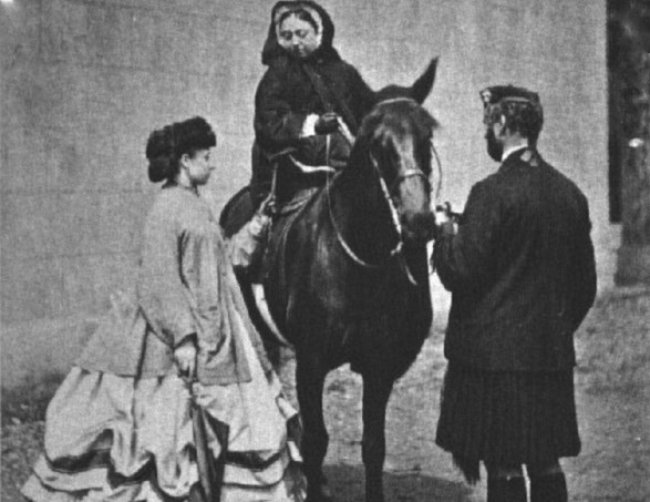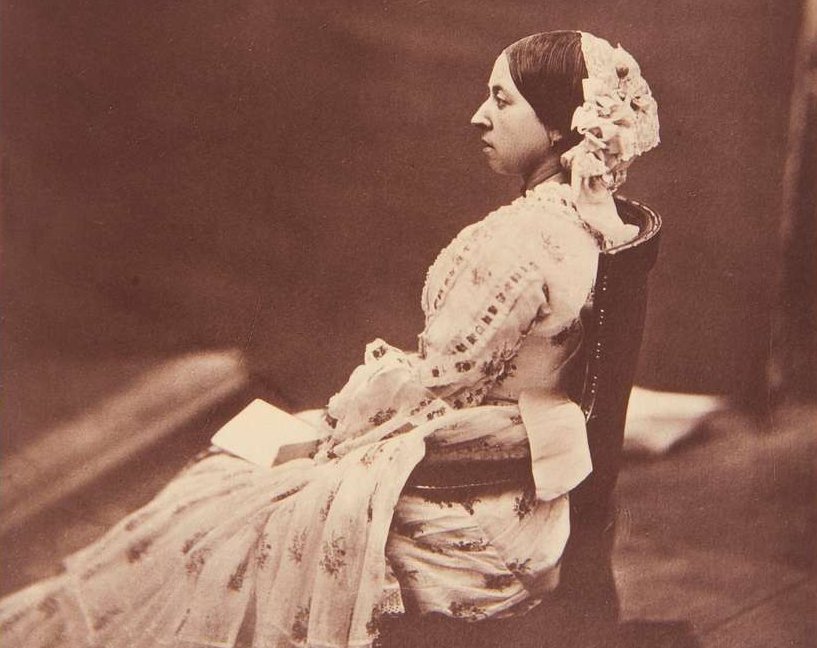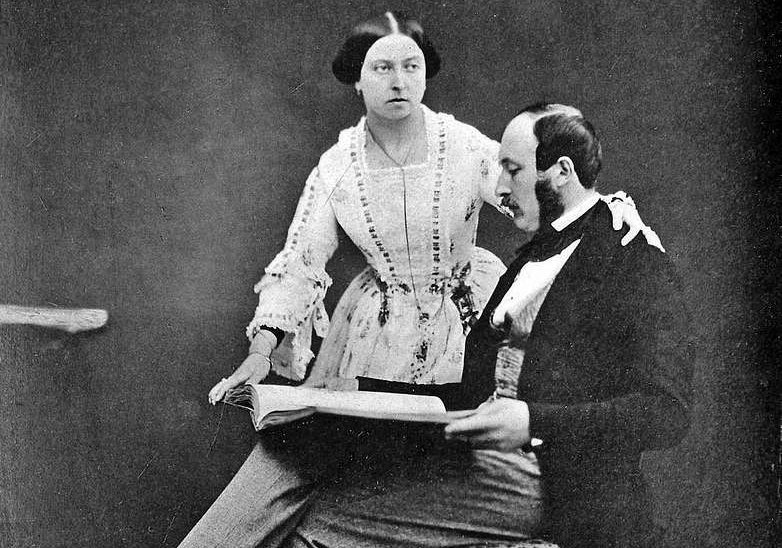A Love Story For The Ages
Queen Victoria’s close relationship with her servant, John Brown, has been the subject of scandalous rumors for over a hundred years. Some say that after the death of the Queen’s beloved husband, Prince Albert, she found solace—and physical comfort—in Brown’s arms. Others think the two were just close friends. But after years of speculation, more information has come out about their relationship—and much of the evidence comes from Victoria’s own words, discovered in her diary.
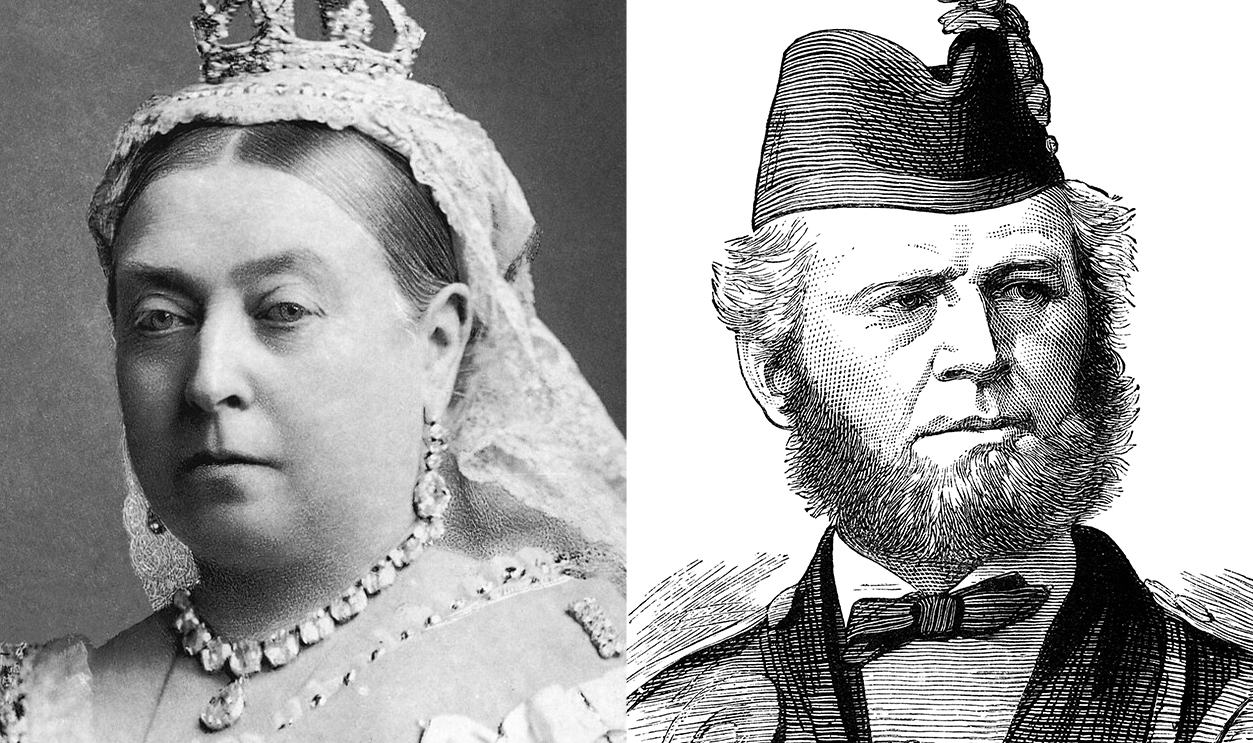
New Revelations
Most of the information about Queen Victoria’s relationship with John Brown was destroyed by the royal family, and for many years, what little records we did have remained secreted away in the Royal Archives in Windsor Castle. Luckily, journalist Julia Baird sought access to the records and eventually was given the green light to go through the Queen’s diary, Brown’s diary, and various letters and estate records. What she found shed more light on just how intimate Victoria and Brown’s relationship was.
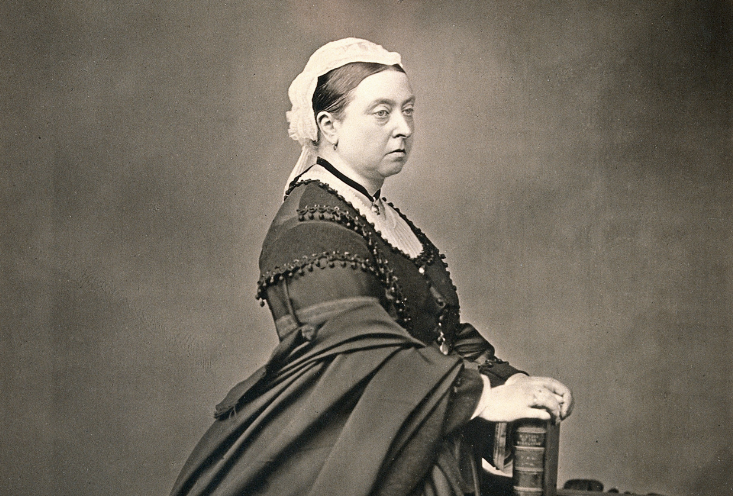 Wellcome Collection, CC TY 4.0, Wikimedia Commons
Wellcome Collection, CC TY 4.0, Wikimedia Commons
Who Was John Brown?
John Brown was born in Crathie, Aberdeenshire, Scotland and worked as a ghillie at Balmoral castle. A ghillie was someone who worked as a servant on fishing or hunting expedition in the Scottish Highlands. Through his work as a ghillie, Brown met Prince Albert and the two became close friends. But it was Brown’s relationship with the Queen that would spark more than a hundred years of steamy speculation.
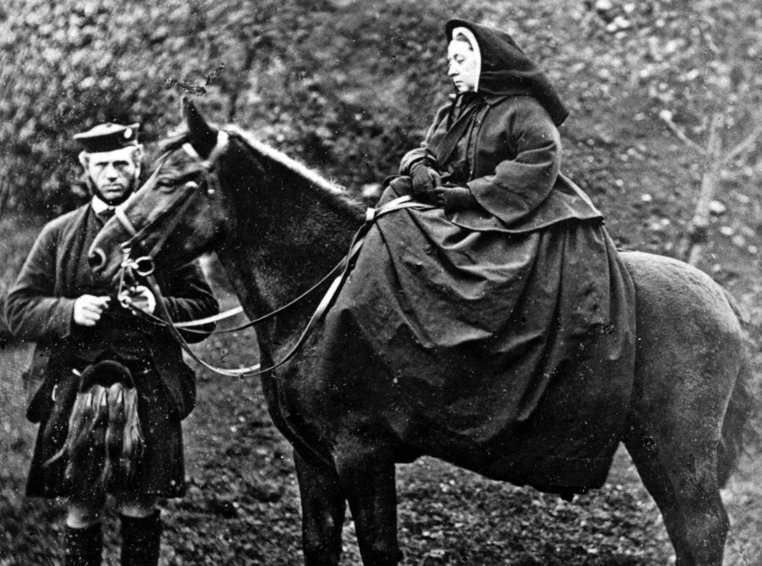 George Washington Wilson, Wikimedia Commons
George Washington Wilson, Wikimedia Commons
How Did They Meet?
Many believe that it was Prince Albert who introduced Victoria and Brown. Soon after that introduction, Brown was given a new job that placed him close to Victoria. By 1851, records show that, “on Prince Albert’s instigation”, Brown had taken on a permanent role as the leader of Queen Victoria’s pony.
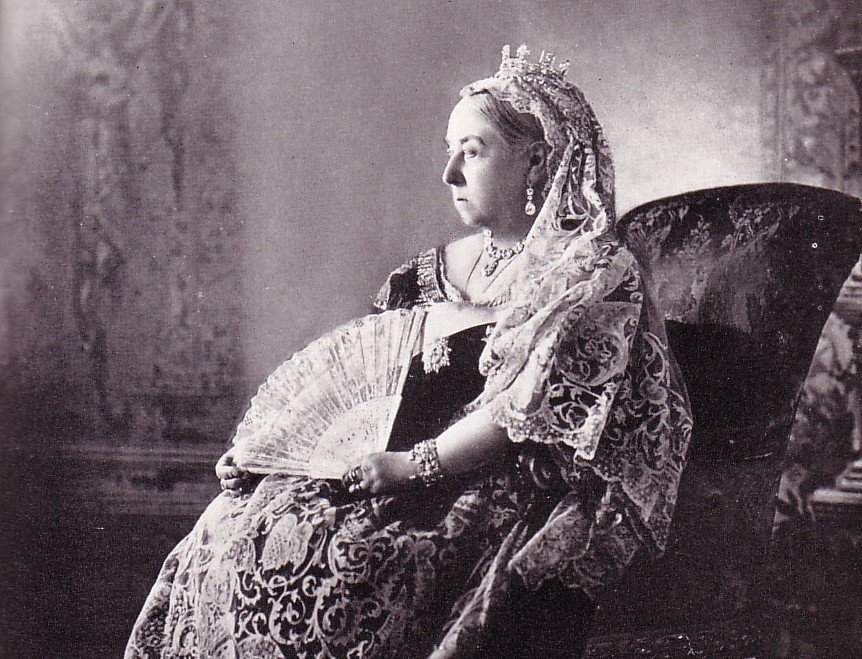 W. & D. Downey, Wikimedia Commons
W. & D. Downey, Wikimedia Commons
He Made Her Happy
After Albert succumbed to typhoid fever, the Queen was inconsolable. The only thing that cheered her up were her pony rides with John Brown. Before long, she moved John Brown into Windsor Castle and appointed him as her personal servant. Brown was given 24-hour access to the Queen, which flamed the whispers that there was something more to Victoria’s relationship with the Scotsman.
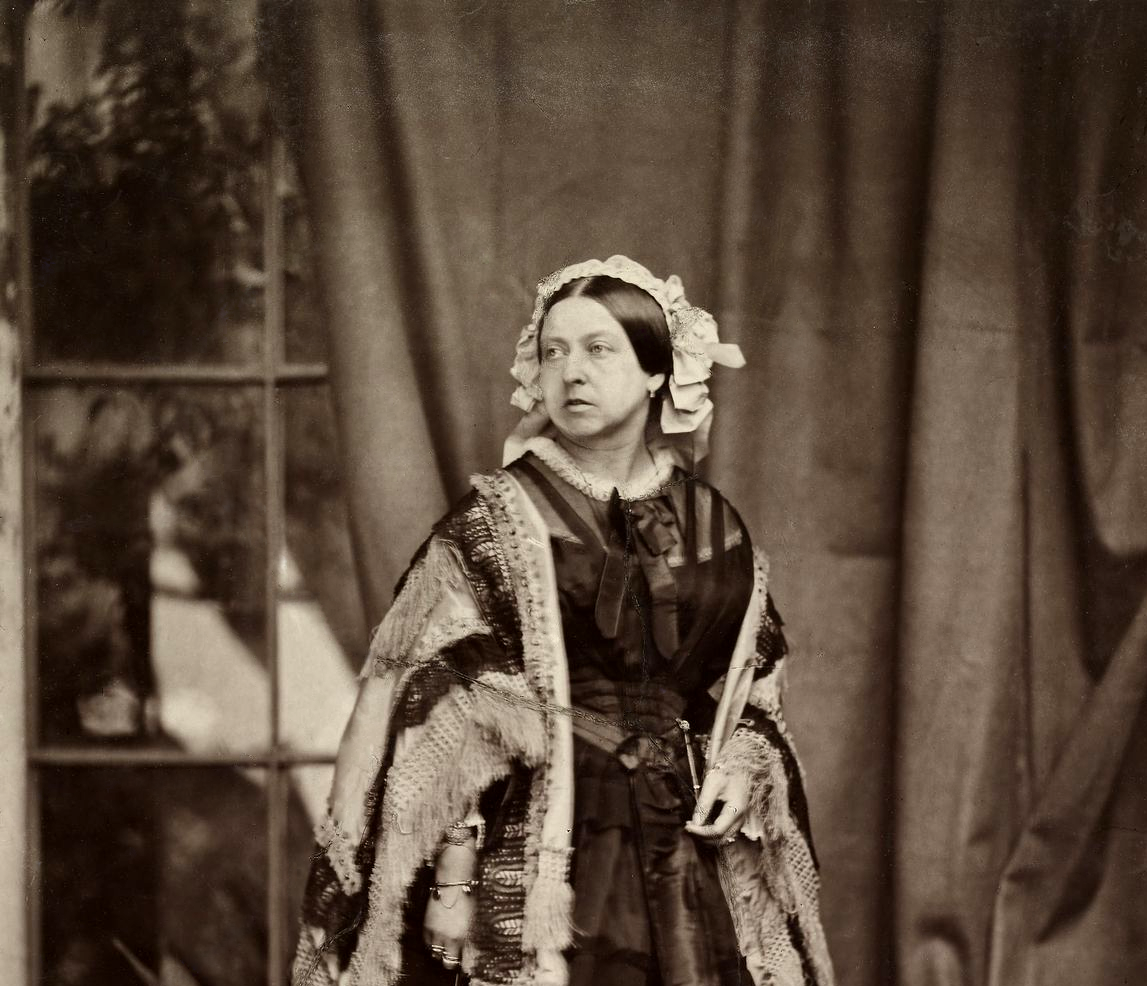 John Jabez Edwin Mayal, Wikimedia Commons
John Jabez Edwin Mayal, Wikimedia Commons
They Didn't Like Him
Not everyone saw Brown with the same high regard as the Queen. Victoria’s children and courtiers didn’t like the favoritism she was showing Brown. They also didn’t like the rumors that there was something inappropriate about their relationship. Victoria dismissed the rumors as "ill-natured gossip in the higher classes"—but her diary entries suggest there was truth to all the talk.
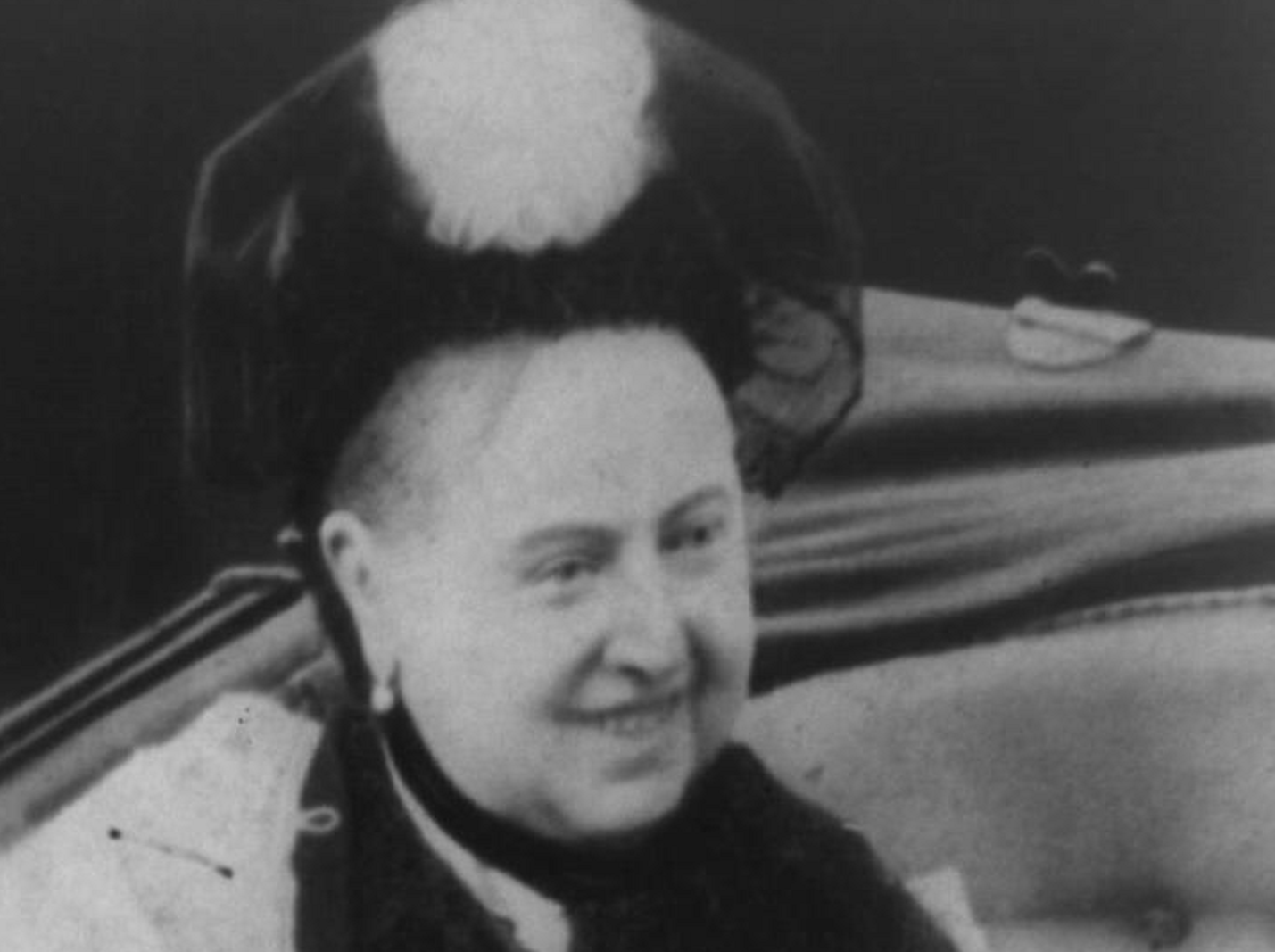 Charles Knight, Wikimedia Commons
Charles Knight, Wikimedia Commons
He Was Loyal
Many people were surprised by the Queen’s affinity for Brown because of his gruff personality. He was said to be rough, foul-mouthed and prone to drinking. But Victoria saw a different side of Brown: In one diary entry, she writes, “He is so devoted to me – so simple, so intelligent, so unlike an ordinary servant, and so cheerful and attentive”.
How Romantic
Sometimes, Victoria’s diary entries sound like something out of a romance novel. In one passage, she describes how Brown helped her cross a Highland glen, sweeping her off her feet and carrying her in his “strong and powerful arms”.
Mrs. Brown
The rumored affair eventually earned Victoria a new nickname among the palace underlings: “Mrs. Brown”. Apparently, the moniker was accurate, as there’s some evidence to suggest that Victoria and John Brown did get married in secret.
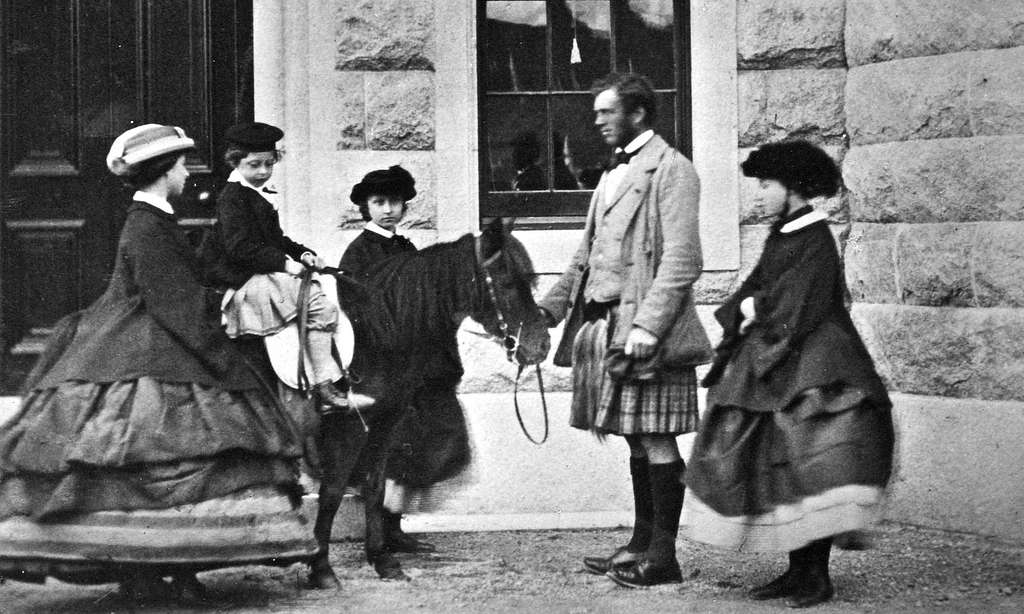 Royal Collection of the United Kingdom, Picryl
Royal Collection of the United Kingdom, Picryl
The Queen’s Stallion
Brown was also given nicknames around the palace. Victoria’s daughters jokingly called him “mama’s lover”, while the more vulgar gossips called him “the Queen’s stallion”.
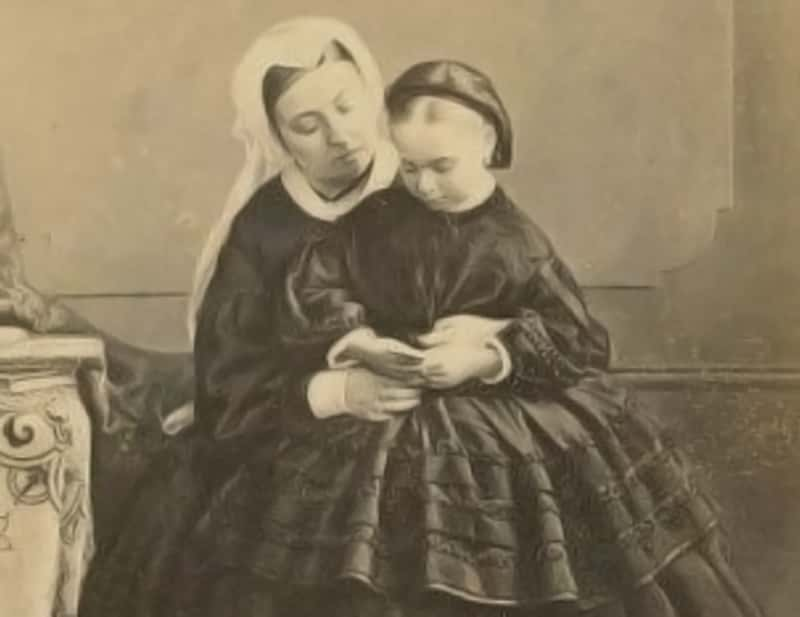 W. & D. Downey, Wikimedia Commons
W. & D. Downey, Wikimedia Commons
A Secret Marriage
In 2003, the diaries of government minister Lewis Harcourt provided evidence of a secret marriage between Queen Victoria and John Brown. According to one of the reports in the diary, the Queen’s chaplain, Reverend Norman Macleod, admitted to marrying Victoria and Brown. The Reverend confessed on his deathbed and expressed remorse over having officiated the marriage.
 Prince Alfred, Wikipedia Commons
Prince Alfred, Wikipedia Commons
Was There A Secret Baby?
According to one scandalous rumor, Brown and Victoria had a child together. The claim was made by Alexander Robertson, a 19th century pamphlet writer who alleged that the Queen went to Switzerland in 1868 to give birth to a secret love child. However, there’s no evidence to support this tidbit of gossip.
 Unknown Author, Wikimedia Commons
Unknown Author, Wikimedia Commons
Strongman
The Queen’s diaries make no secret of her admiration for Brown’s physical qualities. In entries about hikes through the Highlands, she writes: “Brown with his strong, powerful arm, helped me along wonderfully”, and “The descent was far easier, but the path was very rough in parts and I had recourse to Brown’s strong arm to steady me”.
 W. & D. Downey, Wikimedia Commons
W. & D. Downey, Wikimedia Commons
Her Affection Was Obvious
Despite dismissing rumors of an affair, Victoria made no effort to hide her appreciation for Brown. She showered him with gifts, doubled his salary, commissioned a portrait of him, and she gave him a retirement house at Balmoral. She also created two medals just for Brown, the Faithful Servant Medal and the Devoted Service Medal.
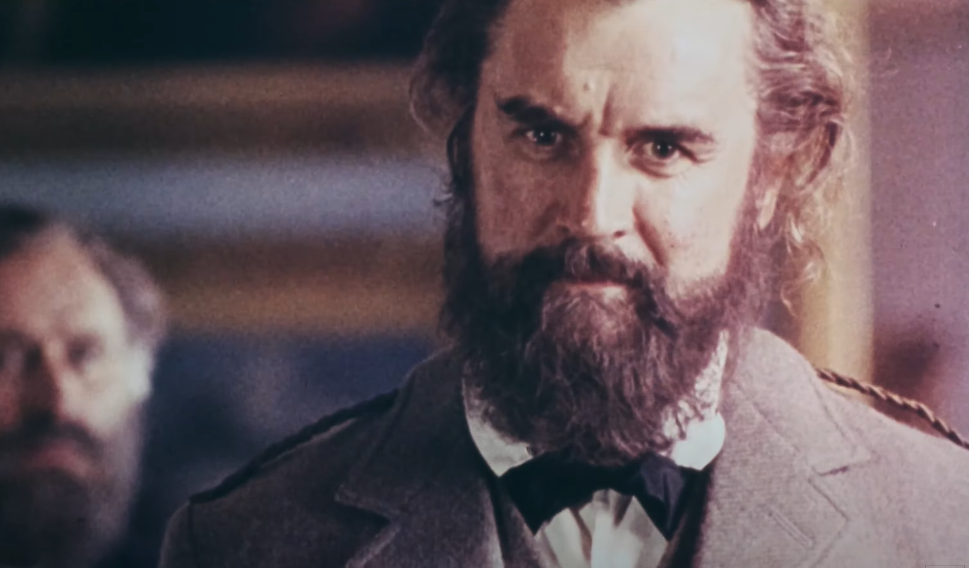 BBC Scotland, Mrs. Brown (1997)
BBC Scotland, Mrs. Brown (1997)
Her Darling
One hint about Victoria’s true feelings for Brown comes from the letters she wrote to him. She often referred to him as “Darling”.
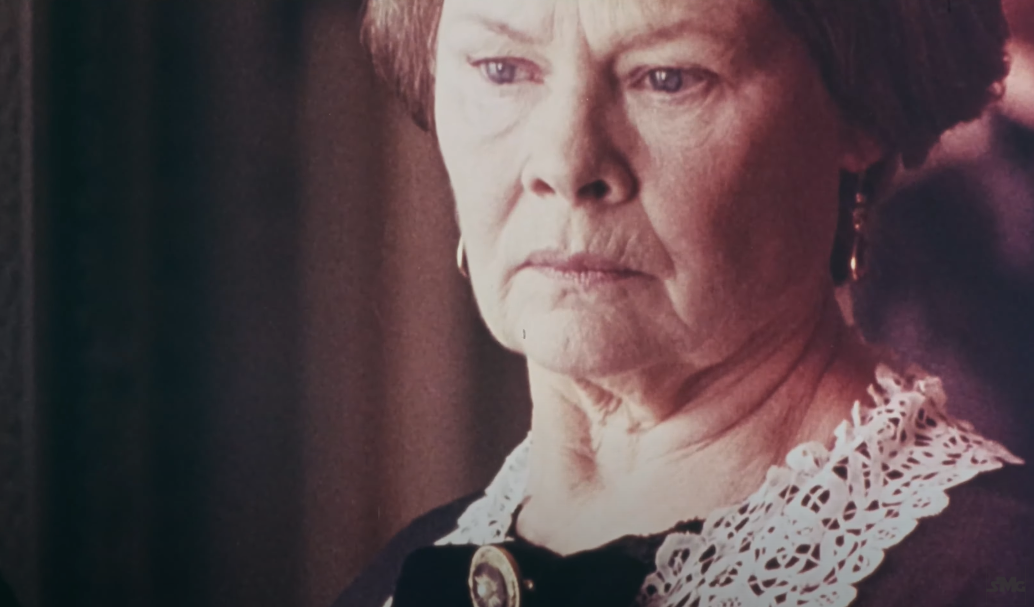 BBC Scotland, Mrs. Brown (1997)
BBC Scotland, Mrs. Brown (1997)
He Never Left Her
Brown was always at Victoria’s side, even going so far as to carry her around after she sprained a knee. Their closeness stoked the ire of Victoria’s courtiers and ministers. Foreign secretary Lord Stanley once complained: "The Queen parades this man about London behind her carriage, in his Highland dress, so that every street boy knows him”.
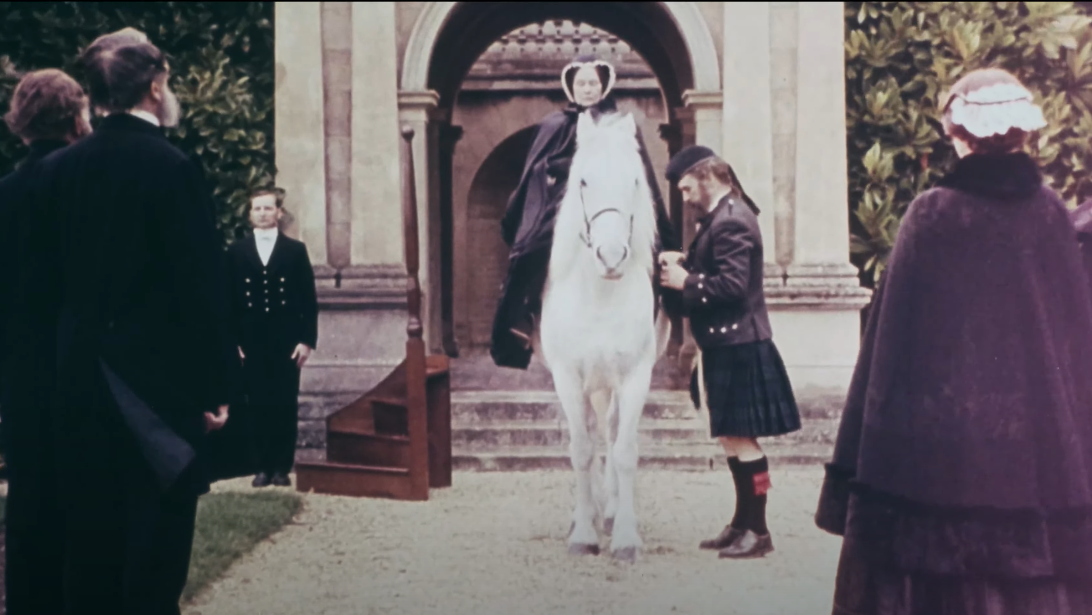 BBC Scotland, Mrs. Brown (1997)
BBC Scotland, Mrs. Brown (1997)
The Doctor's Notes
The Queen’s doctor, Sir James Reid, wrote about a flirty interaction between Victoria and Brown in his diary. He said he was standing at the door to the Queen room in Windsor Castle when Brown lifted his kilt and said: 'Oh, I thought it was here.' Victoria’s response? She lifted her own skirt and joked back, 'No it is here.' The doctor was very appalled by this banter.
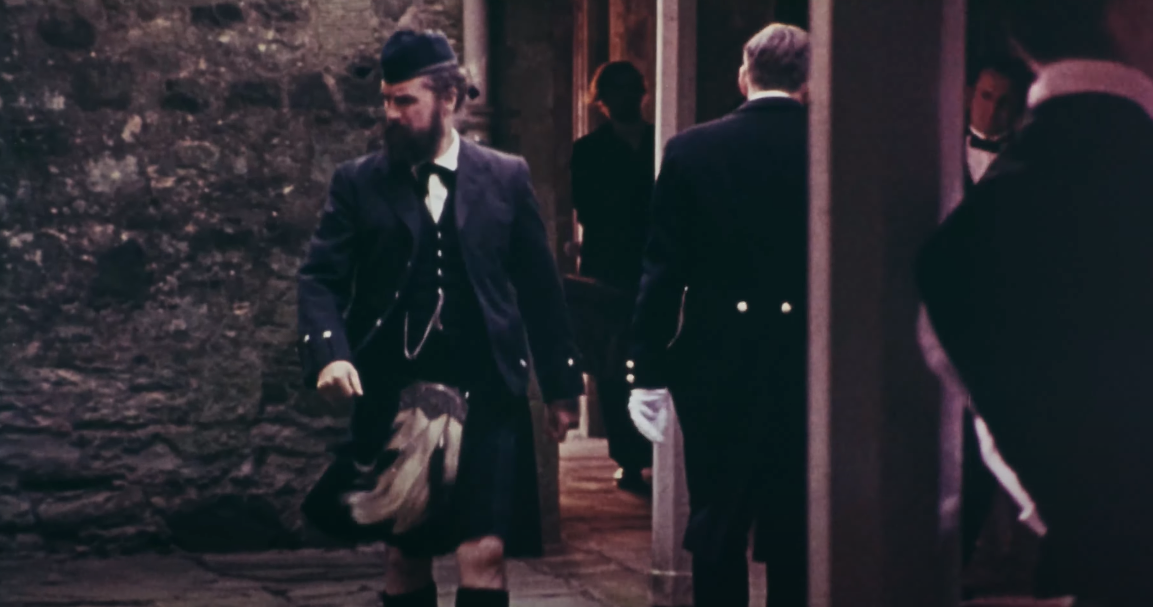 BBC Scotland, Mrs. Brown (1997)
BBC Scotland, Mrs. Brown (1997)
Did They Do It?
Victoria’s diaries make no mention of actually getting physical with Brown, but correspondence from people who observed the two certainly suggest they were very physically comfortable with each other. The sculptor Edgar Boehm said that during his time at Balmoral, he witnessed Victoria allow Brown “every conjugal privilege”. And there were some that said during a trip to Loch Ordie, the two engaged in “Hochmagandy”—the Scottish word for intercourse.
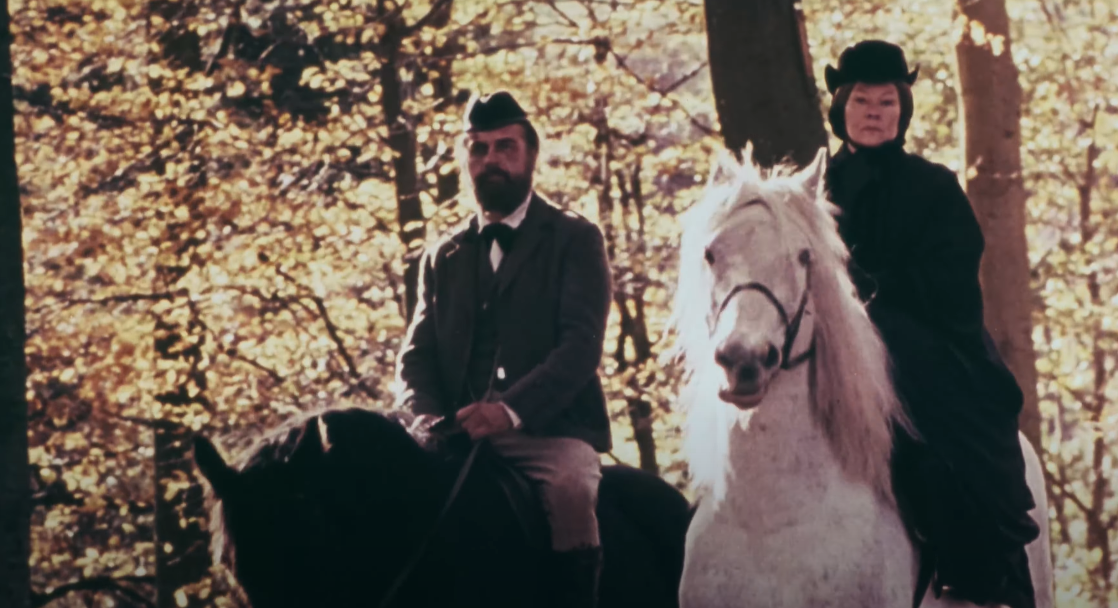 BBC Scotland, Mrs. Brown (1997)
BBC Scotland, Mrs. Brown (1997)
Anything For Love
Brown’s love for the Queen would eventually lead to his doom. In March 1883, Victoria was worried about an unsolved attack on Lady Florence Dixie in Windsor. Brown was who she trusted most in the world, so she asked him to investigate. Brown spent hours in the wintery cold, searching for answers. All he found was sickness.
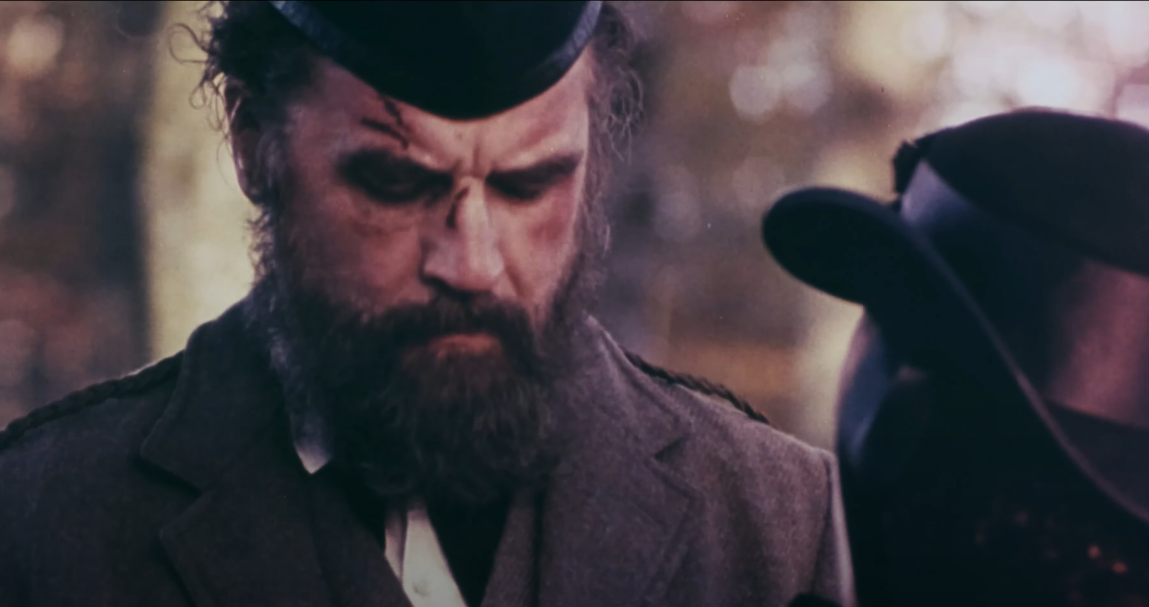 BBC Scotland, Mrs. Brown (1997)
BBC Scotland, Mrs. Brown (1997)
A Tragic End
Brown caught a terrible cold, which morphed into erysipelas, a painful condition where the skin on a person’s face swells. For the first time in 18 years, Brown was unable to attend the Queen. Two days later, on March 27, 1883, John Brown drew his last breath at Windsor Castle. He was 56 years old.
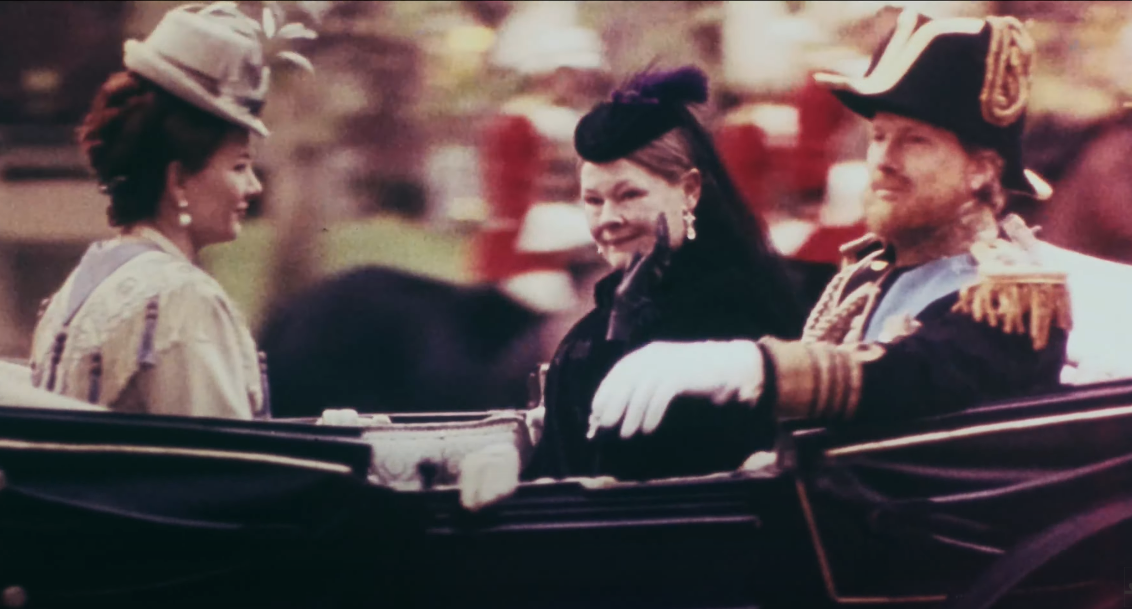 BBC Scotland, Mrs. Brown (1997)
BBC Scotland, Mrs. Brown (1997)
Twice Widowed
Some historians point to the Queen’s description of her grief at Brown’s death as evidence of how deep their connection was, even comparable to the loss of Prince Albert. In a letter to Viscount Cranbrook, Victoria wrote: "…Strength of character as well as power of frame – the most fearless uprightness, kindness, sense of justice, honesty, independence and unselfishness combined with a tender, warm heart ... made him one of the most remarkable men. The Queen feels that life for the second time is become most trying and sad to bear deprived of all she so needs…”
 Caldesi and Montecchi, Wikipedia
Caldesi and Montecchi, Wikipedia
In Memoriam
After Brown’s death, Victoria hired famous sculptor Edgar Boehm to create a life-sized statue of her departed confidant at Balmoral. The inscription on the statue read: “Friend more than Servant. Loyal. Truthful. Brave. Self less than Duty, even to the Grave.” Sadly, the other memorials Victoria erected in honor of Brown were destroyed by her son, King Edward VII, who had no love for his mother’s favorite.
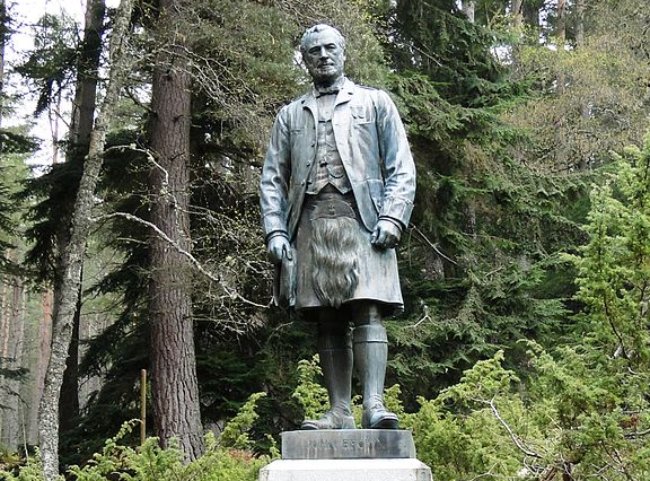 Drow69, CC BY-SA 3.0, Wikimedia Commons
Drow69, CC BY-SA 3.0, Wikimedia Commons
No Greater Love
In an extract from an 1866 diary entry, Victoria described her and John’s mutual appreciation for one another: “Often my beloved John would say, ‘You haven’t a more devoted servant than Brown’ – and oh! How I felt that! Often I told him no one loved him more than I did or had a better friend than me: and he answered ‘Nor you –than me. No one loves you more’”.
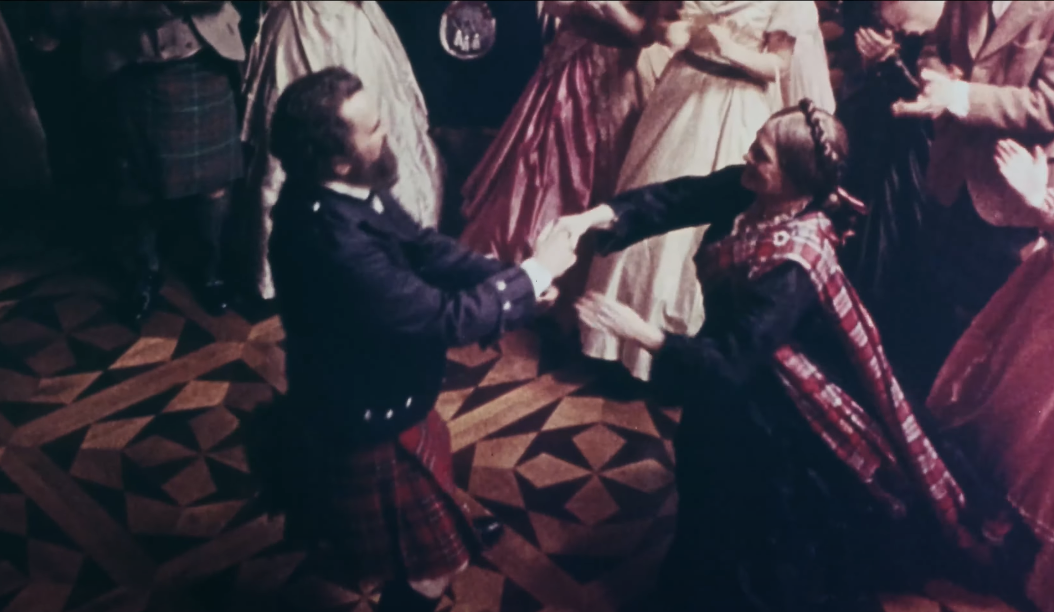 BBC Scotland, Mrs. Brown (1997)
BBC Scotland, Mrs. Brown (1997)
The Lost Memoir
After Brown passed on, Victoria wrote a memoir about him. Sadly, her senior officials were afraid the book would add further stain to her reputation, so they didn’t let her publish it. They destroyed the memoir, along with most of Brown’s personal diaries.
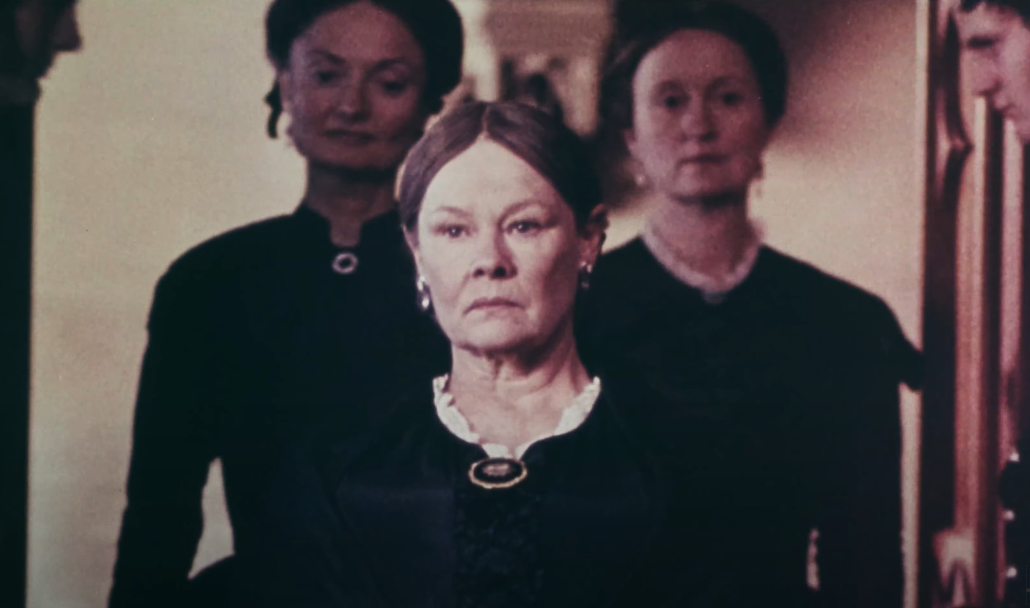 BBC Scotland, Mrs. Brown (1997)
BBC Scotland, Mrs. Brown (1997)
Till Death
Queen Victoria took her love of John Brown to the grave. She had strict instructions about the keepsakes she wanted to be buried with, which included Prince Albert’s dressing gown, a plaster cast of his hand—and several mementos of John Brown. Along with a photo of Brown and several of his letters, Victoria was buried with a lock of Brown’s hair, and his mother’s wedding ring. Brown had given her the ring and the Queen wore it on the third finger of her right hand.
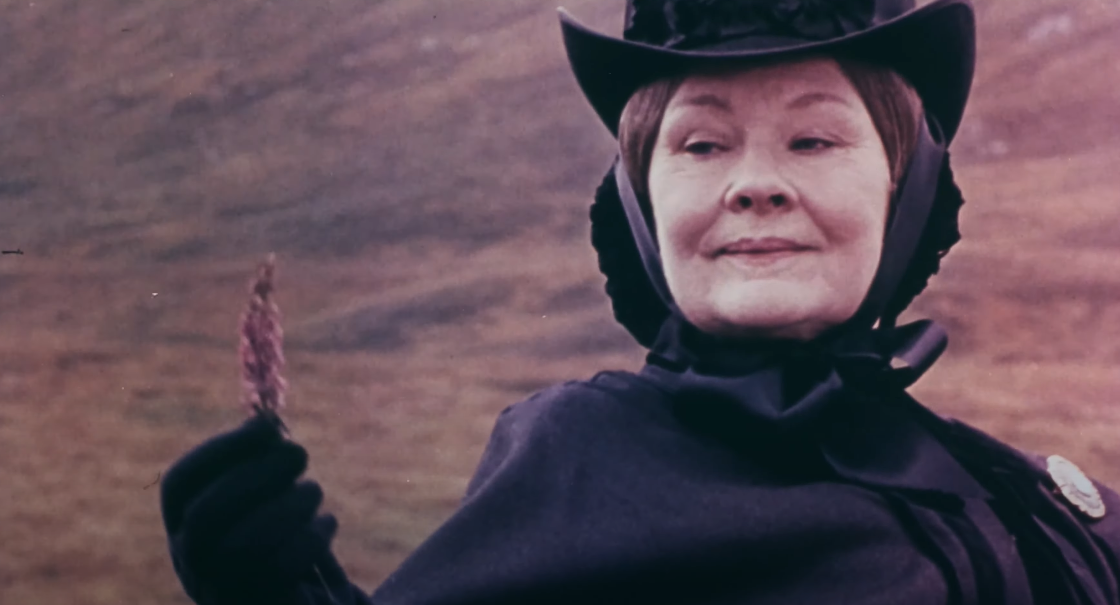 BBC Scotland, Mrs. Brown (1997)
BBC Scotland, Mrs. Brown (1997)
Final Thoughts
There’s still no concrete evidence that Queen Victoria ever shared a bed with John Brown—and we’re unlikely to find such, considering the royal family purged most knowledge of Brown from the history books. But what we do know is that Victoria and Brown shared a deep love for one another, and when he died, she compared the loss to that of her beloved husband, Prince Albert. Whether romantic or platonic, it’s a love story that captivates people to this day.


